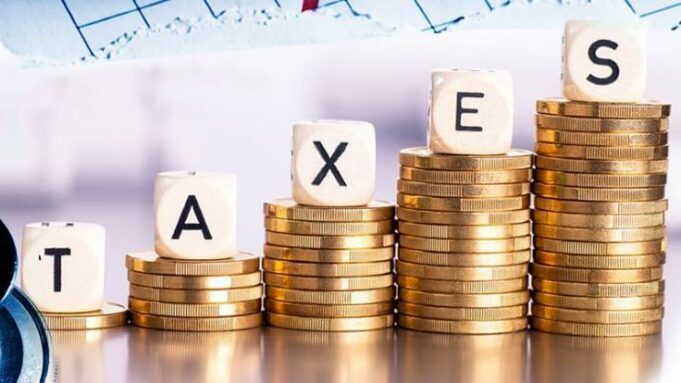Estimated tax payments are a crucial part of tax preparation, particularly for independent contractors, self-employed people, and small business owners who have fluctuating revenue throughout the year. To make sure you are paying the correct amount of taxes and avoiding any fines or interest charges from the IRS, it is crucial to maintain organization and keep track of your estimated tax payments.
Payment Monitoring
Keeping track of when and how much you spent for each payment is one of the most crucial components of approximated tax payments. Making sure you are not overpaying and providing the government an interest-free loan makes this crucial because the IRS can impose fines and interest on underpayments.
You may keep track of your projected tax payments in a variety of ways. To keep track of the date, sum, and mode of payment for each payment, one alternative is to use a spreadsheet or tax software application. Additionally, you have the option of printing receipts from your bank account or saving copies of your payment confirmation emails.
Financial History
It’s crucial to record your payment history in addition to keeping track of your projected tax payments. This covers each and every tax return you have submitted, as well as any IRS payments you may have made. If you ever need to show evidence of your tax compliance, such as when submitting an application for a loan or mortgage, this information may be helpful.
Your payment history is also kept on file with the IRS, and if you need to confirm your tax payments, you can ask for a transcript of your account. To monitor your payment history and check for inconsistencies, you can use the IRS’s online payment history tool.
Benefits of Keeping Track of Your Tax Payments
There are many advantages to keeping track of your estimated tax payments and payment history. It mostly makes sure that you are paying the appropriate amount of taxes and avoiding any IRS fines or interest costs. Additionally, it makes tax preparation simpler because you’ll have all the data you need in one location when it comes time to submit your tax return.
You can spot patterns in your income and spending by keeping track of your expected tax payments. For instance, if you discover that you consistently have a big tax bill in April, you might wish to modify your expected tax payments for the upcoming year to prevent a repeat of the current circumstance. By reviewing your payment history, you may also determine whether your income and expenses are increasing or decreasing, which can help you make wise financial decisions.
Conclusion
In conclusion, recording your expected tax payments and payment history is a crucial component of tax planning for independent contractors, people who work for themselves, and proprietors of small businesses. You may prevent fines and interest fees, make wise financial decisions, and make sure you are paying the right amount of taxes. You can keep track of your tax responsibilities by utilizing a spreadsheet, tax software, or other record-keeping tools.







![Wise Debit Card Review [2024] Wise Debit Card Review [2024]](https://www.techpreview.org/wp-content/uploads/2024/07/Wells-Fargo-Card-International-3-238x178.png)

![Wells Fargo Card International and Its Fees [2024] Wells Fargo Card International](https://www.techpreview.org/wp-content/uploads/2024/07/Wells-Fargo-Card-International-238x178.png)









